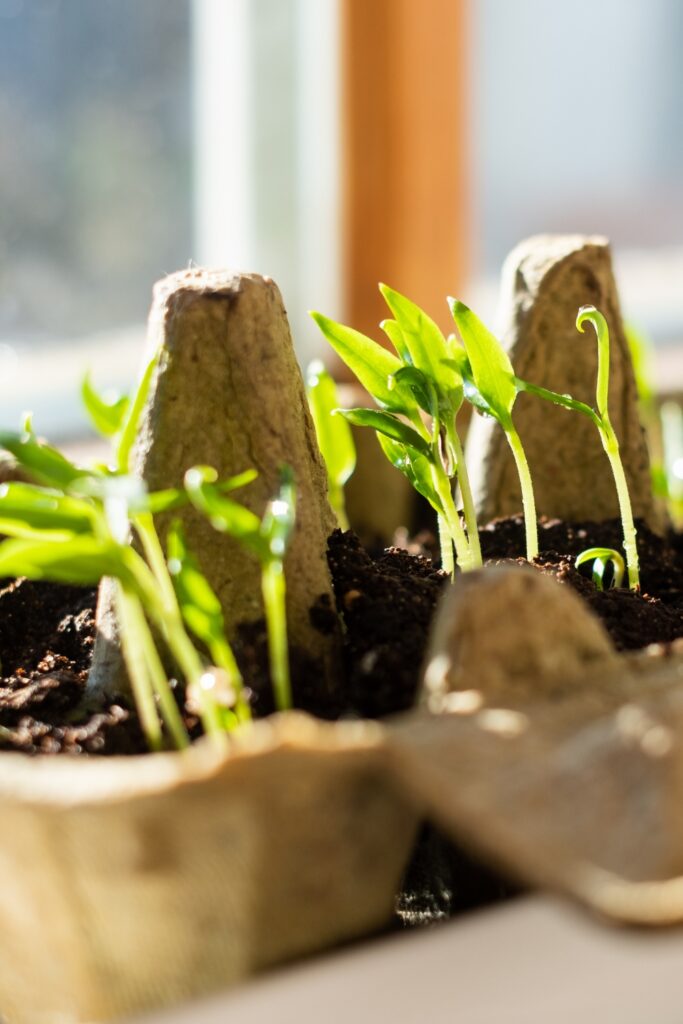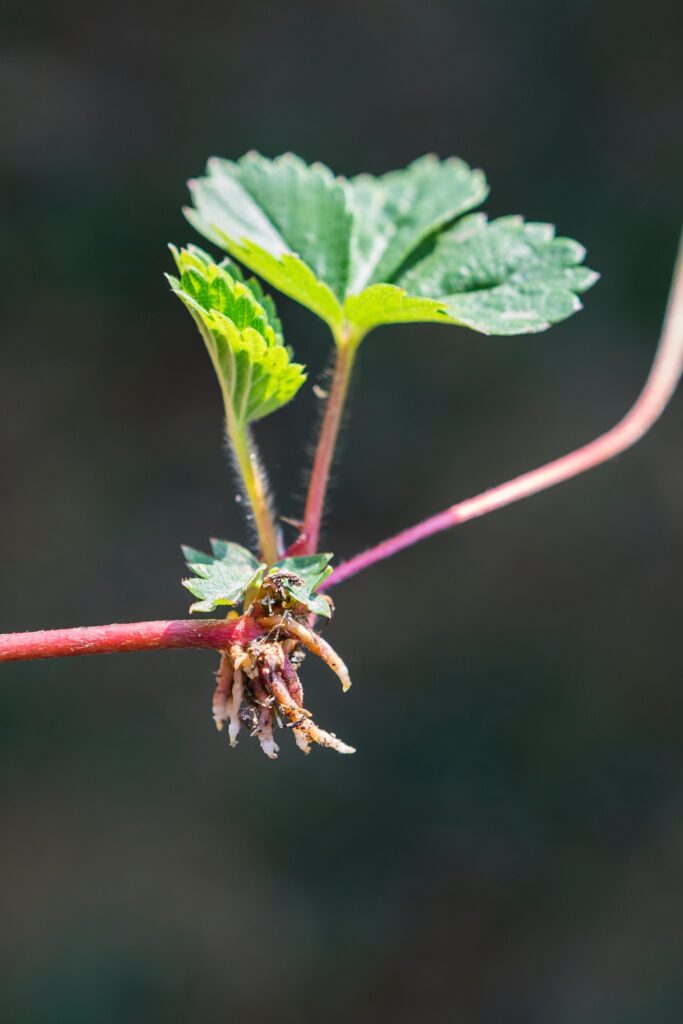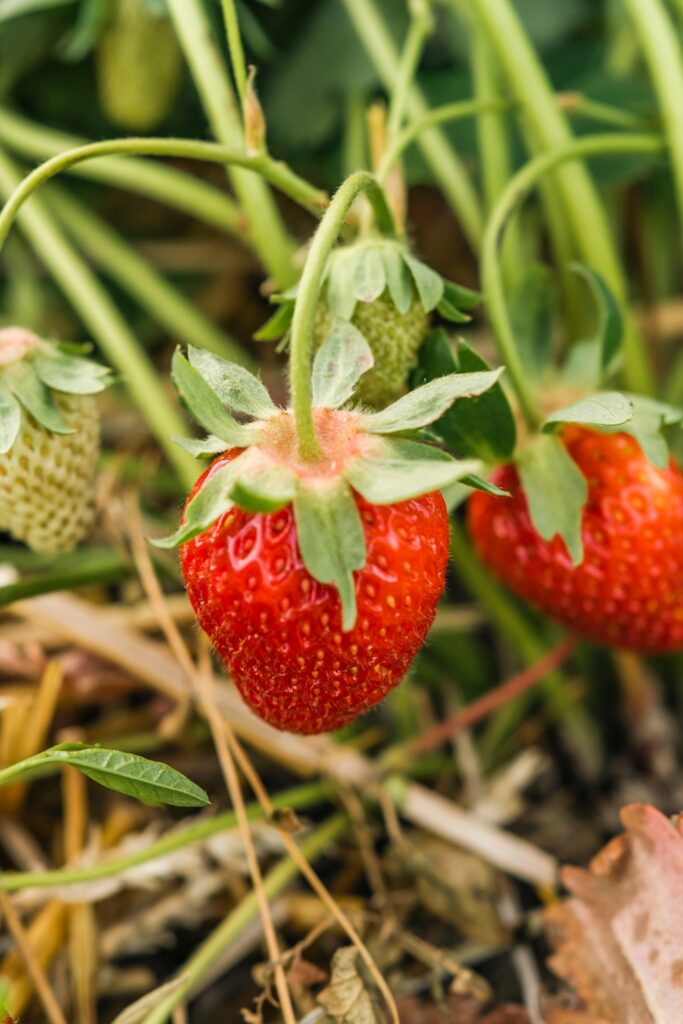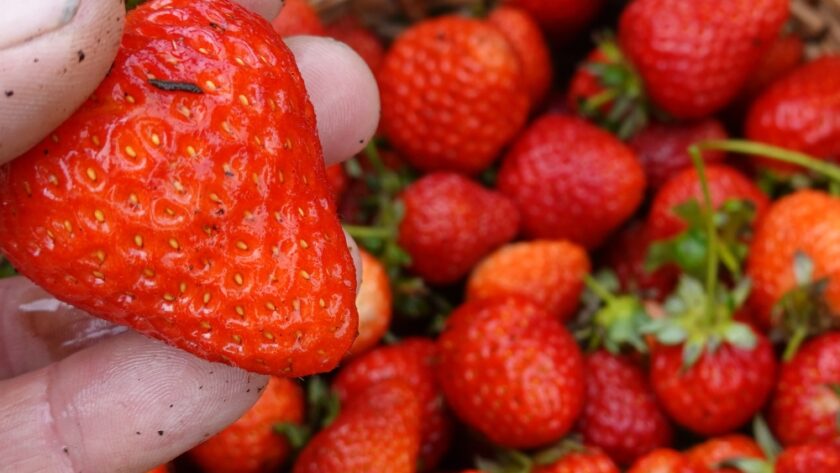Growing your own sweet, juicy strawberries is a rewarding endeavor that brings the unparalleled flavor of freshly picked berries right to your garden. With proper planning and care, you can enjoy a bountiful harvest throughout the growing season. Here’s how to cultivate strawberries successfully:
1. Selecting the Right Strawberry Variety
Choosing the appropriate strawberry variety is crucial for a fruitful harvest. Strawberries are categorized into three main types:
- June-bearing: Produce a large, concentrated harvest in late spring to early summer. Ideal for preserving or making jams.
- Everbearing: Yield two to three harvests per season—typically in early summer and again in late summer or early fall.
- Day-neutral: Bear fruit continuously throughout the growing season, provided temperatures remain moderate.
Select a variety that aligns with your climate and harvesting preferences. Consult local nurseries or extension offices for recommendations suited to your region.
2. Preparing the Planting Site
Strawberries thrive in well-drained, fertile, and slightly acidic soil (pH 5.5 to 6.5). To prepare the site:
- Location: Choose a spot that receives at least six to eight hours of direct sunlight daily. Full sun exposure is essential for sweet, flavorful berries.
- Soil Preparation: Amend the soil with organic matter, such as compost or well-rotted manure, to enhance fertility and drainage. Raised beds are beneficial, especially in areas with heavy soils, as they improve drainage and soil warmth.

3. Planting Strawberries
- Timing: Plant strawberries in early spring, as soon as the soil is workable. In warmer climates, fall planting is also an option.
- Spacing: Space plants 12 to 18 inches apart in rows separated by 3 to 4 feet. Proper spacing ensures adequate air circulation, reducing disease risk.
- Planting Depth: Set plants so that the crowns are at soil level. Planting too deep can cause crown rot, while shallow planting may expose roots.
4. Watering and Mulching
- Watering: Provide consistent moisture, especially during flowering and fruiting. Water at the base of the plants to keep foliage dry and minimize disease.
- Mulching: Apply a layer of straw mulch around plants to conserve moisture, suppress weeds, and keep fruit clean. Mulching also helps regulate soil temperature.

5. Fertilization
- Initial Feeding: Incorporate a balanced fertilizer into the soil at planting time.
- Ongoing Nutrition: Side-dress with compost or a balanced fertilizer after the first harvest to encourage continued production. Avoid excessive nitrogen, as it promotes leafy growth over fruiting.
6. Pruning and Renovation
- First-Year Blossoms: For June-bearing varieties, remove flowers during the first six weeks after planting to allow plants to establish strong root systems. This practice leads to better yields in subsequent years.
- Post-Harvest Care: After harvesting, trim back old foliage to stimulate new growth. For June-bearing types, mow or cut back plants to about 1 inch above the crowns, being careful not to damage them.

7. Pest and Disease Management
- Common Pests: Watch for aphids, slugs, and spider mites. Use organic controls like insecticidal soaps or diatomaceous earth as needed.
- Diseases: Prevent fungal diseases by ensuring good air circulation, watering at the base, and avoiding overhead irrigation. Rotate strawberry beds every three to four years to reduce soil-borne diseases.
8. Harvesting
- Timing: Pick strawberries when they are fully red and slightly soft. Harvest during the coolest part of the day to maintain berry firmness.
- Technique: Gently grasp the berry, including the green cap (calyx), and twist to detach it from the stem. Handle berries carefully to avoid bruising.
9. Overwintering
- Mulching: In colder regions, apply a thicker layer of straw mulch after the first frost to protect plants from freezing temperatures. Remove excess mulch in early spring as growth resumes.
By following these steps, you can cultivate a thriving strawberry patch that yields sweet, juicy berries year after year. Enjoy the satisfaction of homegrown strawberries, whether eaten fresh, added to desserts, or preserved as jams



